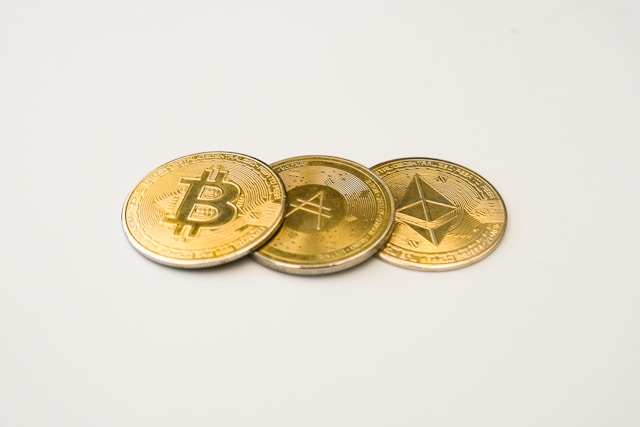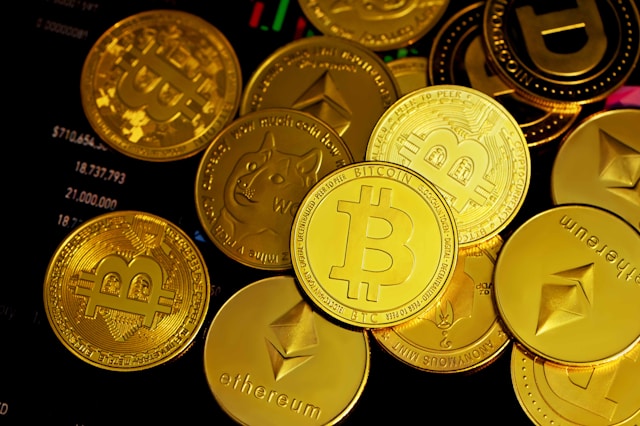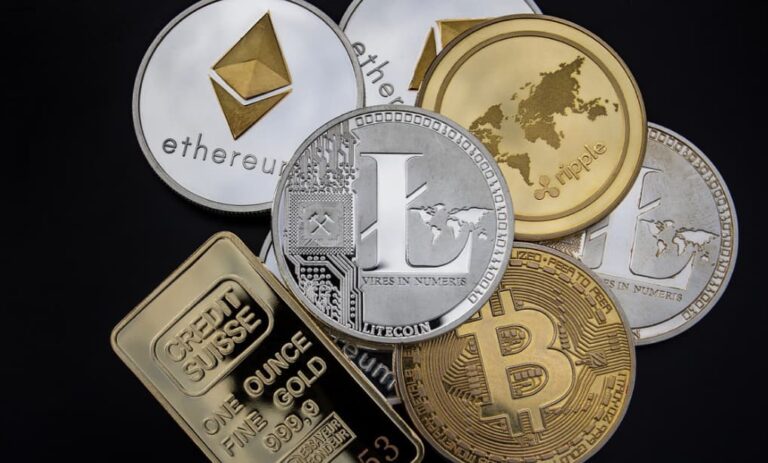In the digital currency ecosystem, the impact of transaction rates varies significantly between long-term investors and active traders or regular users. While the former may not be significantly impacted, the latter group often grapples with high fee structures, a pain point that has spurred the development of layer 2 solutions and the emergence of new blockchain platforms. This phenomenon was particularly evident when several developers migrated from Ethereum, seeking refuge from its high marketing costs.
This article aims to provide a comprehensive understanding of marketing rates in the cryptocurrency world, exploring their nature, implications, and strategies to minimize them. Additionally, it delves into various cryptocurrencies, highlighting those with the lowest transaction fees.
The Nature of Transaction Fees in Cryptocurrencies
Transaction fees in cryptocurrencies are payments made to network miners for processing marketings. These rates are an integral part of almost all cryptocurrency networks, although they vary in structure and amount. For instance, Bitcoin transactions are gathered in a mempool before being picked up by miners for validation. Miners check the authenticity of the funds and the validity of wallet addresses before adding the marketings to the blockchain. This process, which includes a fee and a mining reward, ensures the integrity and security of the network.
During times of high network traffic, transaction costs can increase significantly. Users have the option to increase their marketing rates to ensure faster processing. Notably, rates for smart contracts are generally higher due to the greater computational power required.
Differentiating Transaction, Network, and Exchange Fees
Understanding the different types of rates encountered in cryptocurrency marketings is crucial for anyone involved in this space. These fees, though they might seem similar, play distinct roles in the economics of digital currencies.
Transaction Fees vs. Network Fees
- Transaction rates: These are the costs paid directly to the miners or validators of a blockchain network for processing a transaction. These fees are vital as they incentivize miners to validate marketings, thereby ensuring the security and functionality of the blockchain;
- Network Fees: Often used synonymously with transaction rates, network rates specifically refer to the cost associated with the use of a blockchain network. This includes the costs of data storage, computation, and the operational expenses of maintaining the network’s integrity and performance.
Exchange Fees
- Exchange rates: Separate from the fees intrinsic to blockchain networks, exchange rates are charged by cryptocurrency trading platforms. These fees are for the services provided by the exchange, such as facilitating trades, providing liquidity, and ensuring the smooth operation of trading activities. These rates can vary widely based on the exchange, the user’s trading volume, and other factors.
Importance of Differentiating These Fees
- Financial Planning: For active traders and investors, understanding these different rates is essential for accurate financial planning and cost management. Neglecting to account for them can lead to unexpected expenses that eat into profits;
- Strategic Trading: Knowledge of when and how these fees are applied enables traders to make more informed decisions. For instance, choosing a time when network rates are lower can significantly reduce costs;
- Choosing the Right Platform: Awareness of exchange fees is crucial when selecting a trading platform. Some exchanges offer lower rates or discounts for using their native tokens, which can be a key consideration for frequent traders.
By clearly understanding the nuances between marketing fees, network rates, and exchange fees, users can navigate the cryptocurrency market more effectively and make decisions that optimize their trading and investment strategies.
Strategies for Reducing Transaction Fees
While marketing rates are an unavoidable aspect of cryptocurrency transactions, there are ways to minimize them:
- Transacting During Off-Peak Hours: Conducting marketings during quieter network periods, particularly outside the peak business hours in the United States, can result in lower fees;
- Utilizing Layer-2 Solutions: Technologies like Bitcoin’s Lightning Network and Ethereum’s layer-2 solutions can significantly reduce transaction costs by handling marketings off the main blockchain;
- Choosing the Right Cryptocurrency: Selecting cryptocurrencies known for lower transaction fees can also be a strategic move.
Examining Cryptocurrencies with the Lowest Transaction Fees
Bitcoin
Bitcoin has managed to keep its marketing rates relatively low, with recent averages around $1.65. However, these fees have been known to surge during periods of heightened market activity. The Lightning Network offers a viable solution for those seeking lower Bitcoin transaction fees.
Ethereum
Ethereum’s marketing rates have seen fluctuations, ranging from $8.5 to $13 in recent times. However, more complex marketings, especially those involving decentralized exchanges, can incur significantly higher costs. Users prioritizing low fees might need to look beyond Ethereum.
Cardano
Cardano offers more economical marketing rates due to less intensive computational requirements. Nevertheless, rising demand can lead to increased fees on this platform.
Solana and Algorand
Solana and Algorand stand out for their exceptionally low transaction rates, even for complex operations. These platforms are ideal for users who prioritize cost efficiency in their marketing.
MATIC, Avalanche, and Fantom
As alternatives to Ethereum, MATIC, Avalanche, and Fantom have gained popularity due to their very low transaction costs, often less than a penny. This makes them attractive options for those seeking to minimize fees.
Ripple and Stellar
Ripple and Stellar usually have very low fees, typically less than a penny, provided users maintain a minimum balance. They are among the most cost-effective networks for cryptocurrency marketing.
The Impact of High Fees on the Cryptocurrency Ecosystem
High transaction rates can have several implications for the cryptocurrency ecosystem:
- Barrier to Entry for Small Traders: High fees can deter small traders and investors from participating in the cryptocurrency market, especially in networks like Ethereum, where complex marketings can be prohibitively expensive;
- Promotion of Centralization: When fees become too high, it may lead to a concentration of wealth and power among fewer, larger entities, counter to the decentralized ethos of cryptocurrencies;
- Shift to Alternative Platforms: As seen with Ethereum, high fees can drive developers and users to seek alternatives, leading to the growth of competing blockchains and layer-2 solutions.
Future Trends in Cryptocurrency Transaction Fees
Looking ahead, several trends could influence the future of marketing rates in the cryptocurrency world:
- Technological Innovations: Continued development of layer-2 solutions and other technological advancements are expected to further reduce transaction rates and improve scalability;
- Market Dynamics: The fluctuating nature of the cryptocurrency market means that marketing fees will likely continue to vary, influenced by factors like network congestion and market demand;
- Regulatory Changes: Potential regulatory developments could impact transaction rates, either directly through imposed limits or indirectly through changes in market dynamics.
Conclusion: Navigating Transaction Fees in Cryptocurrency
Understanding and effectively managing marketing fees is crucial for anyone engaged in cryptocurrency transactions. By choosing the right time to transact, utilizing layer-2 solutions, and selecting cryptocurrencies known for lower rates, users can mitigate the impact of these costs. As the cryptocurrency landscape continues to evolve, staying informed about marketing fee structures and market trends will be key to navigating this dynamic space successfully.










